




Note that it is wrong to sometime associate direct, face-to-face pedagogic communication with non-mediated communication. And it may be worthwhile to hypothesise that no knowledge can exist nor be expressed without some kind of symbolic representation (cf. Laurillard, op. cit.). Thus, since indeed verbal language constitutes the main symbolic vector of pedagogic communication, it represents a unavoidable form of mediatisation. It embodies both the representation and the transmission of expertise and instruction. It would hence be more coherent to speak of direct verbal communication as a 'level zero' of mediatisation .
A second reason makes the above denomination inappropriate: we have said it, it is not rare to see teachers using more or less intricate or sophisticated audio-scripto-visual communication means. All these rightly belong to the pedagogic communication act. Direct pedagogic communication must, hence, be considered as a complex setting mixing oral communication means (non-mediated, symbolised as M-) and mediated (symbolised as M+). To exemplify this, let's examine two typical cases.
1. Subordination
Subordination would be represented as an insert where a teacher gives an explanation and then shows a slide or diagram and asks the students to observe visual data. Following this, he cross-examines his students to test the quality of their observation. This sequence is represented as ((M-)(M+)(M-)).
2. Complementariness
Complementariness would be symbolised as an alternation where a teacher verbally comments graphic data - maps, tables, ... - and uses this visual information to structure his verbal explanations. A sequence represented by ((M- )vs(M+)vs.(M-)vs(M+)vs.(M-)) (Peraya, 1994).
Integrating these various forms of communication by way of a compound setting using multiple techniques (black board, overhead projections, video presentation, multimedia sequences) constitutes a very interesting research orientation especially from the stand point of global analysises of course management. A typical correlation such as (M-)/(M+), called 'intertextuality' or inter-textual configuration, should draw the attention of researchers since it represents a pretty pervasive method of discursive planning. As an illustration, let us discuss the way a teacher organises and structures different modalities of communication, how he manages their relative importance and which mode will prevail over the others. A study shows (Mendelsohn, Peraya et al., 1994) that a teacher with a number of technical devices at his disposal does not really change his way of teaching: verbal skills and oral discursive structures take over and constrain other elements of mediated communication. As a matter of fact, verbal communication seems to provide the only possible link between others elements of a didactic sequence, even if is based on different kind of medium.
In contrast, the situation is very different in distance teaching since the students need to be present neither at the same time nor at the same place than the teacher. The teacher teaches 'off line'. For a long, time this kind of teaching was characterised by a split between teaching procedures and learning processes. It seems more consistent with our frame of reference to say that this split does exist between the emitter and the receptor, between the teacher and the student. Therefore, the contents taught, the exercises, the working directions can only be transmitted to the recipient through information and communication means: written documents, classic or computerised audio-visual devices, and today, in some highly technological settings based on communication technologies such as telematics, digital networks, video conferencing, etc.. This is also the case of specific pedagogical relations which cannot exist without a completely or partially mediated communication channel, and which are, therefore, built, staged or even simulated. The teacher teaches indirectly and gets in touch with his students through assorted communication means: in this case communication is said to be 'mediated', in the most general sense of the word.
With distance teaching, 'mediatisation' presents distinctive characteristics. While in face-to-face teaching the mediatisation process only touches the contents of teaching and relies mostly on the teacher - on his skills - and on institutional factors, in distance teaching, on the contrary, the mediatisation process is inescapable: it is at the very core of the distance teaching act. It affects the totality of the pedagogic communication situation, transforming the contents taught as well as the pedagogic relationship itself. Distance teaching necessarily implies a double mediatisation process because it is an off-line transaction and because it generally excludes all direct communication (oral or otherwise).
Nevertheless, the analysis of distance teaching material indicates that mediatisation mainly influences the contents of teaching: they indeed receive most of the writers', designers', and conceivers' efforts. By acting in such a way, authors and developers forget that they are addressing a specific audience, they bypass the necessity of maintaining a direct contact and of re-establishing conditions of a relational dimension which still constitute a essential learning help for the student. Indeed, in distance learning, tutoring needs are directly related to distance and to feelings of isolation felt by students. To restore a teaching relationship and to find for it specific mediatisation procedures allows us, as G. Jacquinot (1993-a) puts it, to "tame the distance". For this very reason, as far as pedagogic design is concerned, staging procedures should account for the two above-mentioned mediatisation processes - in their relational and tutorial dimensions - in order to build effective pedagogical mediated communication settings (see sketch 1 below).





